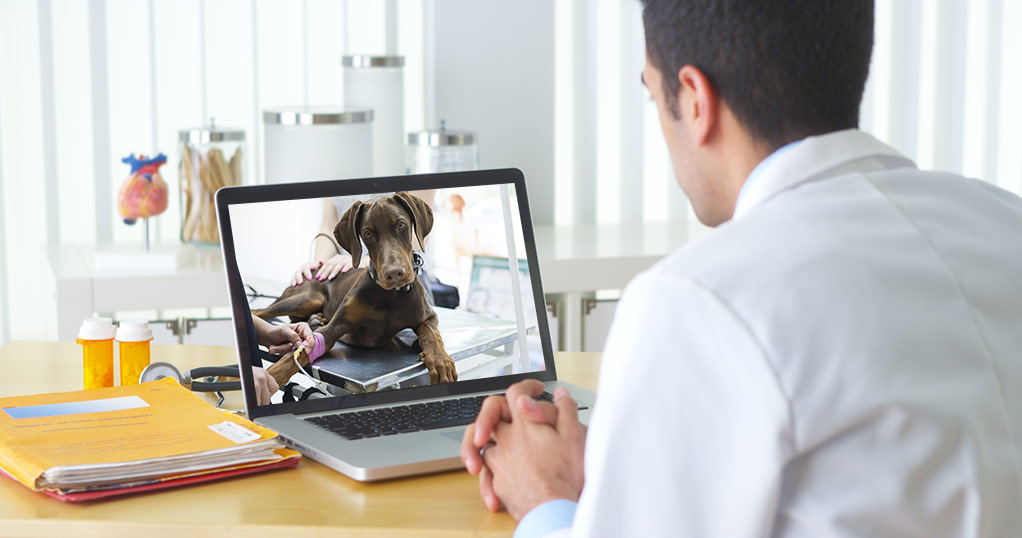 Having worked in telehealth for the last few years, I have many opinions on the good, the bad, and the ugly in the field. Although I’m new to Vidyo, the Healthcare Summit last November truly validated my choice to join the company. Vidyo has clearly made its mark in the healthcare space and continues to grow through innovation, creativity, and commitment to excellence.
Having worked in telehealth for the last few years, I have many opinions on the good, the bad, and the ugly in the field. Although I’m new to Vidyo, the Healthcare Summit last November truly validated my choice to join the company. Vidyo has clearly made its mark in the healthcare space and continues to grow through innovation, creativity, and commitment to excellence.
During the unconference session, I was asked to facilitate a discussion on unconventional uses for telehealth. This was a “thinking outside the box” exercise where nothing was considered outlandish. We all know about the norms in telehealth, things like telestroke, tele-ICU, and telepsych, but we challenged conventional wisdom to see what we could come up with as a group. Here are the top five unconventional uses for telehealth and the rationale behind them:
Tele-PTA
As a parent, this one really resonated with me. Most PTA meetings are difficult to get to. They’re normally scheduled in the middle of the week, after a long day of work. After rushing home, taking the kids to practices, making dinner, and helping with homework, there is barely enough time to think, let alone drive to school and wait for some one-on-one time with your child’s teacher.
Imagine for a moment that your PTA meeting is virtual. Both you and your spouse can attend a private session with your child’s teacher at your mutual convenience. It would be a scheduled appointment, just like a doctor’s visit. The teacher can share your child’s latest test scores and bring up images of their assignments and pop quizzes. All of this could be one click away.
Tele-Weight Management
Our group really loved this idea because most people can identify with the daily grind of trying to lose weight. Maintaining a healthy lifestyle is a challenge, and a virtual coach could help people make healthy choices. With tele-weight management you could take your nutritionist to the grocery store. They could help you read labels and make better decisions. You could show them what’s in your cabinets and refrigerator, and they could suggest what you might want to throw away. When it’s time to exercise, your virtual trainer could encourage you to do one more lap or one more lift. The common theme here would be a multidisciplinary approach to a healthy lifestyle (diet, exercise, sleep), all under the umbrella of tele-weight management. The possibilities are endless.
Tele-Veterinarian
Many veterinarians in rural areas are geographically challenged; it could take hours of road time just see their patients. Wouldn’t it be great if your vet could triage your dog, horse, or cow with tele-vet technology? Having grown up on a farm, I know all too well the importance of keeping your animals healthy. These animals are extended family members and in many cases a key part of your family’s income. Bringing the veterinarian out to your home every time there’s a problem is cost prohibitive. Many farmers rely on home remedies and only call the vet in emergencies. Tele-vet would be a low-cost way to bring animal care into your home.
Tele-Wellness and Department of Children and Family Services (DCFS) Checks
It was suggested that more frequent family check-ins spur greater compliance and result in fewer police visits. Because 82% of welfare recipients have smartphones, this would be a relatively easy program to initiate. It could simply be a downloadable app with scheduled e-visits at prearranged times. Through greater efficiencies this program would pay for itself, but the real benefit would be a unified family. It could prevent problems before they arise.
Tele-Alcohol Addiction
Support groups like AA help with addiction recovery and keep patients on track. If you have a loved one facing an addiction then you know that having access to support meetings at a moment’s notice is key. If there were a way to combine that support with the convenience of in-home visits, perhaps compliance would be greater. Not everyone agreed on this point, though. AA is a personal narrative, and it’s about sharing a connection with others, in person. But it might work for the individual, if not the overall group. Either way, it’s another unconventional use of telehealth.
There you have it. These were the top five unconventional uses of telehealth. What do you think? Let us know. We encourage you to offer your own ideas on unusual ways to use telehealth. Who knows? Your idea could become a reality.
Recent Comments